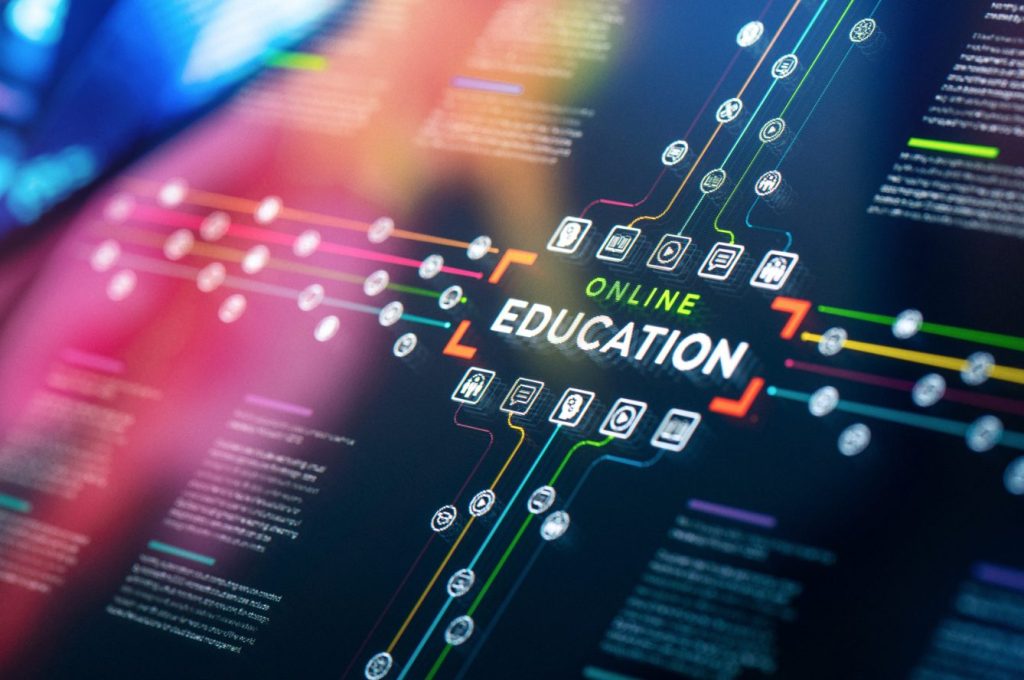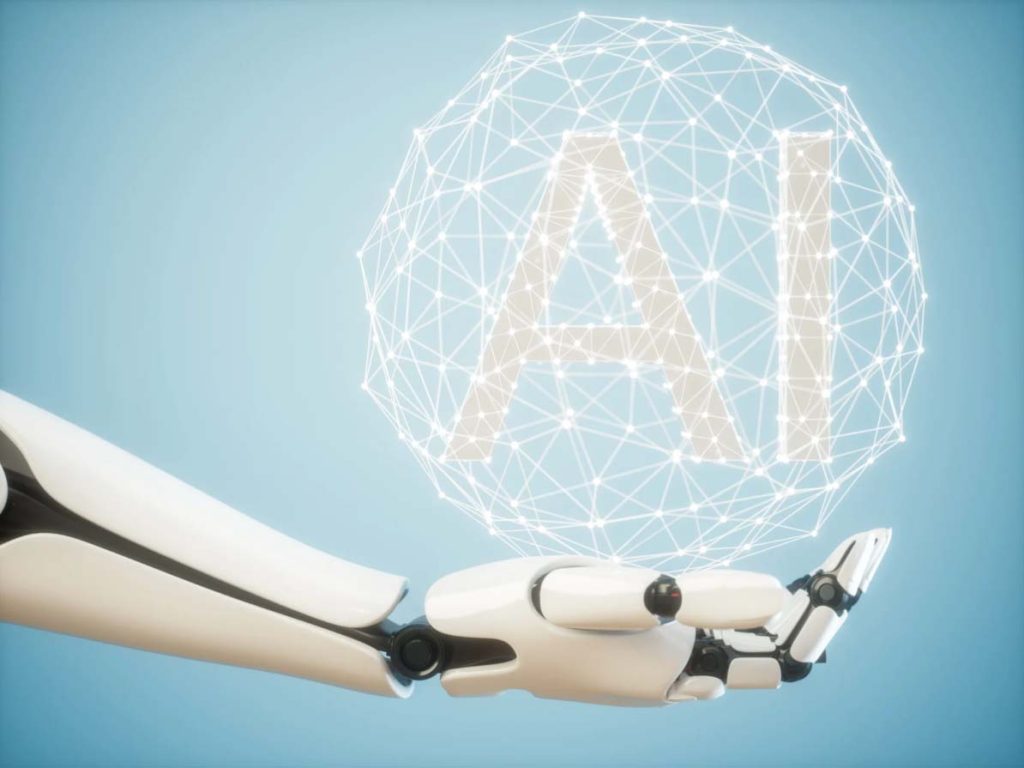Three years into Russia’s war against Ukraine, the country has emerged as an unprecedented testing ground for artificial intelligence (AI) and advanced technologies in warfare and humanitarian efforts. From defense to reconstruction, Ukraine’s adoption of cutting-edge AI tools has positioned it as a “war lab” where technology giants like Palantir and other companies are testing solutions that could redefine modern warfare and humanitarian recovery.
The destruction in Ukraine is staggering: more than 30,000 civilians have been killed, with 6 million Ukrainians displaced, according to United Nations estimates. The country’s infrastructure has suffered losses exceeding $135 billion, and reconstruction costs over the next decade are estimated at $411 billion. Against this backdrop, Ukraine has deployed AI tools to navigate the complexities of modern warfare and its aftermath.
AI on the Battlefield
In the early days of the invasion, Ukraine sought advanced AI and analytics to counter a technologically superior adversary. Key allies, including Palantir, entered Ukraine’s defense ecosystem, deploying solutions to enhance intelligence, identify targets, and analyze vast streams of battlefield data. Palantir’s software, used for analyzing satellite and drone data, has become critical in targeting and operational planning. Clearview AI’s controversial facial recognition tools have identified over 230,000 Russian soldiers, aiding in potential war crime prosecutions.
This military-driven tech expansion has transformed Kyiv into a “Mil-Tech Valley,” where autonomous drone companies and military-tech startups thrive. High-profile investors like former Google CEO Eric Schmidt have poured resources into initiatives like the D3 military accelerator, positioning Ukraine as a breeding ground for military innovations.
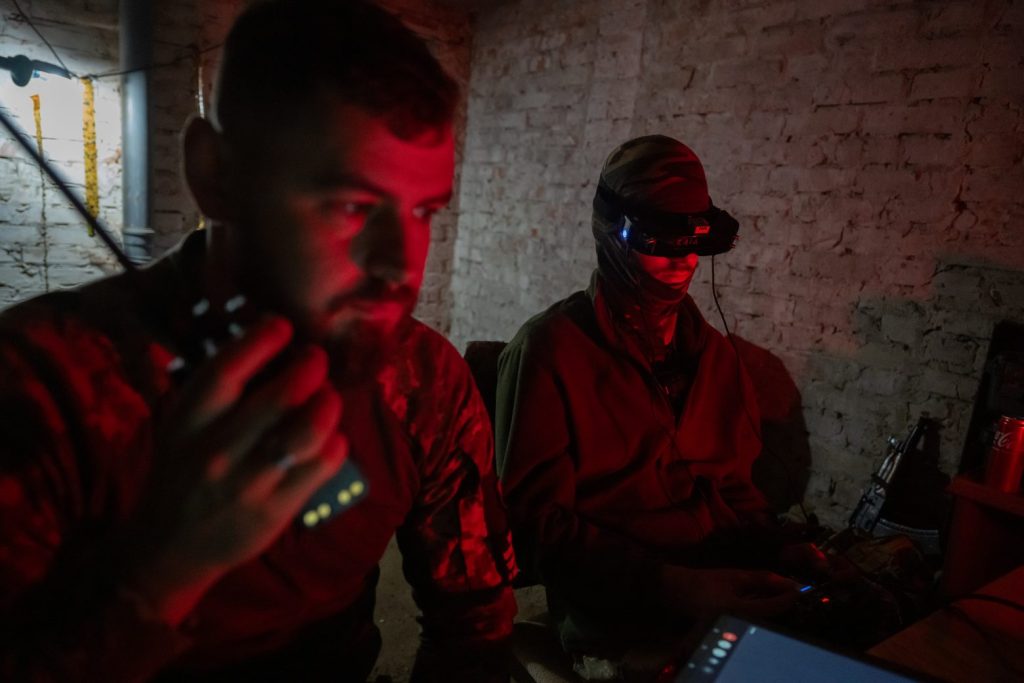


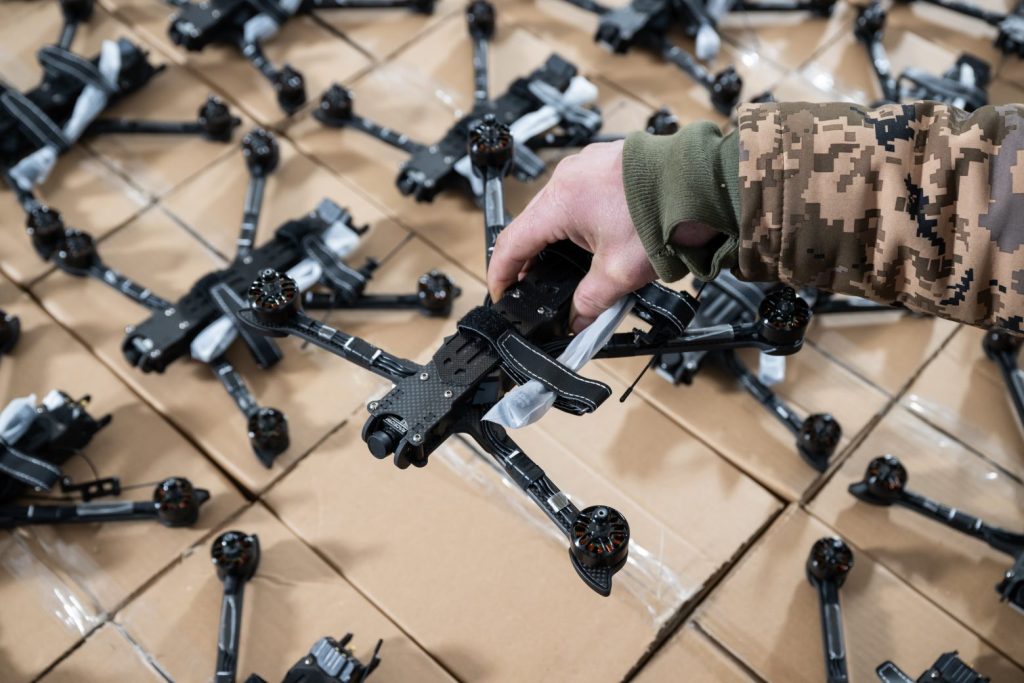
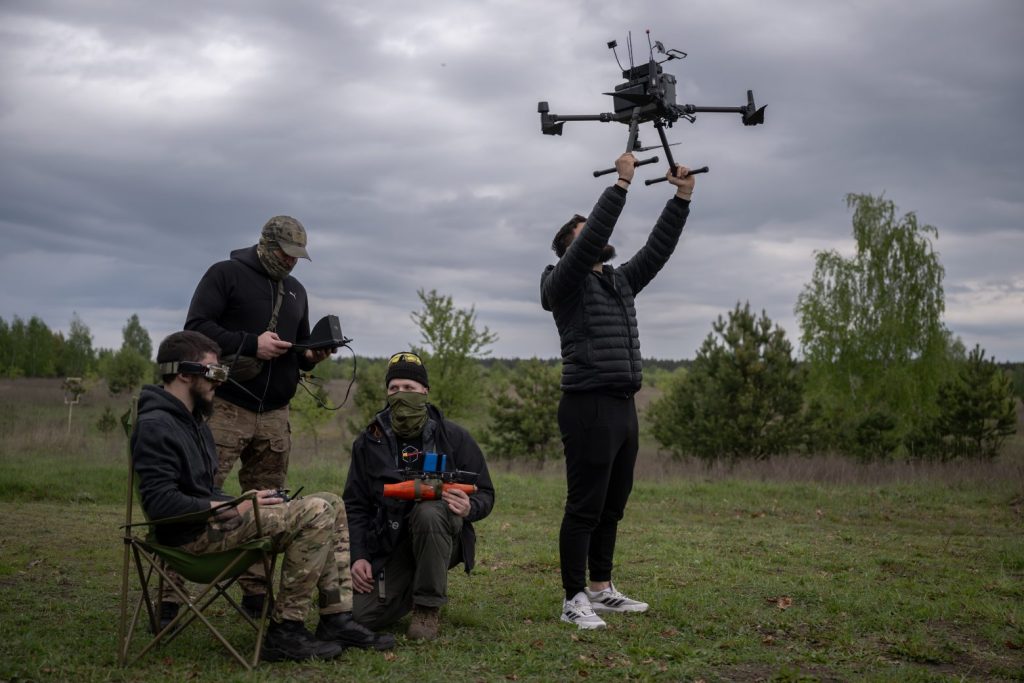

Ukraine’s AI-Powered Recovery Plan
While AI’s impact on the battlefield is profound, Ukraine is looking to leverage these technologies for rebuilding. AI-driven assessments are already underway to evaluate the scale of destruction using satellite imagery and big data. This effort allows Ukraine to prioritize repairs efficiently and plan for future infrastructure development. AI tools are also crucial in humanitarian demining, where companies like Palantir provide data-driven insights to expedite mine clearance across war-torn regions.
Beyond the immediate needs, AI offers potential to revolutionize Ukraine’s energy, healthcare, and education sectors. For example, AI-powered predictive maintenance systems can help modernize Ukraine’s crippled energy infrastructure, and AI tools in education are aiding Ukrainian children displaced by the war, providing language and learning support across borders.
The world is closely watching Ukraine’s transformation, with experts viewing the country as a bellwether for the integration of AI in future conflicts and humanitarian crises. The lessons drawn from Ukraine could shape global norms for AI governance, reinforcing the imperative for transparent, ethical technology use in high-stakes environments.
AI for Good: A New Horizon
Ukraine’s wartime innovations are more than just defensive tools; they are a springboard for broader applications. With the support of international partners, Ukraine aims to harness AI for sustainable development, not only in reconstruction but also in aligning with global humanitarian goals. The country’s experimentation with AI in the face of adversity is laying the groundwork for using technology as a force for societal good.
As Ukraine builds its post-war future, the world may find that the technologies tested on its soil will reshape industries far beyond its borders, offering a glimpse into the role AI can play in forging resilience amid destruction.
Anatolii Mazarchuk, Researcher at SIAI
Stevens Institute for Artificial Intelligence,
Stevens Institute of Technology








